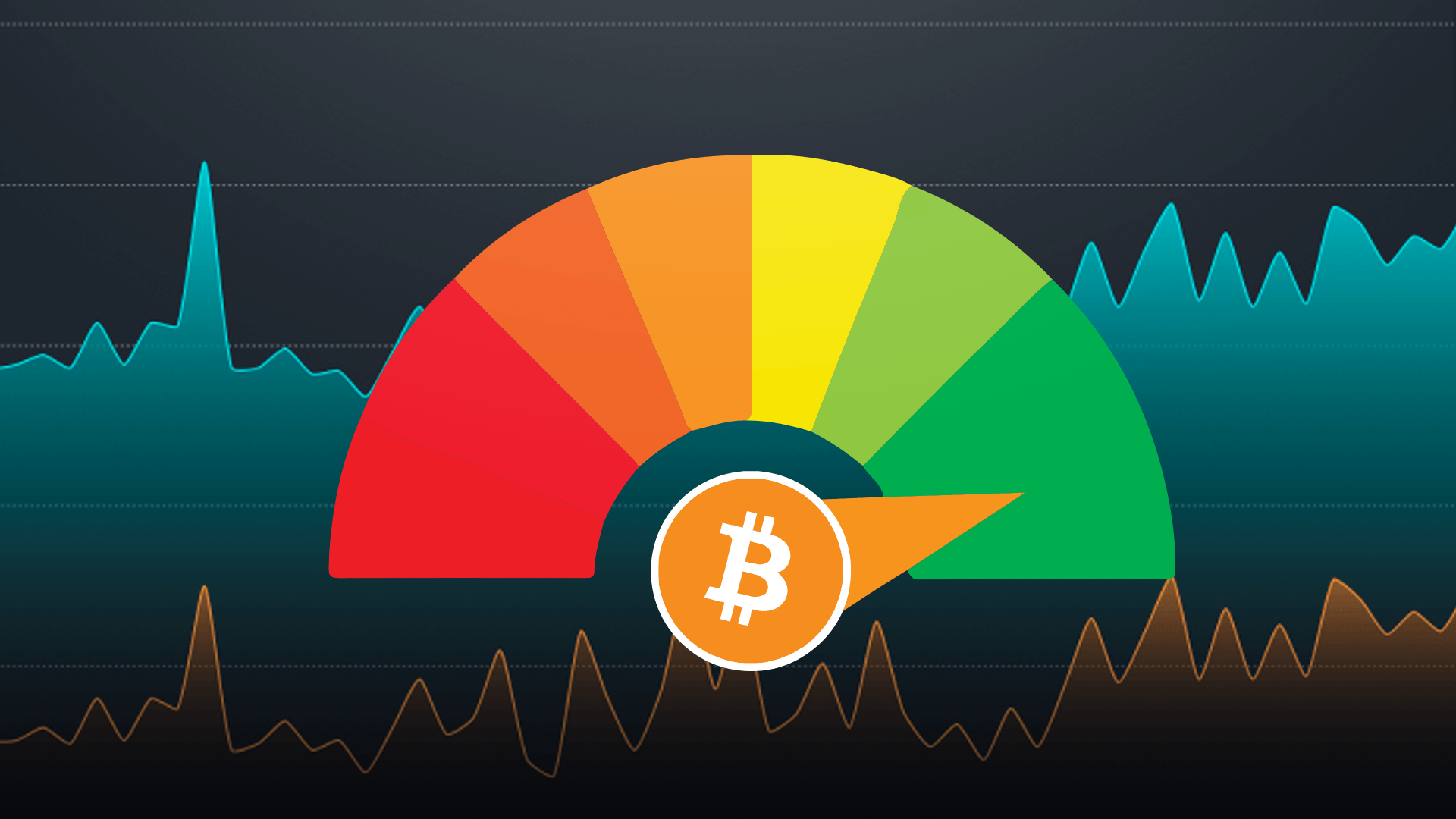Analyzing the Link Between Crypto Fear and Greed Index and Bitcoin Return
In the ever-evolving world of cryptocurrencies, market sentiment plays a crucial role in influencing price movements and shaping investor behavior. To gauge and track this sentiment, various sentiment indicators have emerged, with one of the most popular being the Crypto Fear and Greed Index. This index attempts to capture the emotions and sentiments of market participants, providing traders and investors with insights into the overall sentiment surrounding cryptocurrencies. While sentiment indicators like the Crypto Fear and Greed Index have gained significant attention, it is essential to examine the empirical evidence supporting their effectiveness.
A study titled "Investor Sentiment and Bitcoin Prices" conducted by Dimitrios Koutmos sheds light on the relationship between investor sentiment and Bitcoin prices.
Using trading records of individual Bitcoin investors and a sentiment measure derived from Coinbase's order book, the study provides valuable insights into how rising and declining sentiment affect Bitcoin prices. The findings highlight the importance of considering investor sentiment alongside other factors when analyzing cryptocurrency price movements. Moreover, the study emphasizes the need for improved modeling approaches that capture the intervariable relationships across the distribution of cryptocurrency price changes and the exploration of additional proxies for investor sentiment.
The Link Between Investor Sentiment and Bitcoin Returns
By utilizing a direct and explicit measure of investor sentiment derived from Coinbase's order book, the study reveals a significant connection between sentiment and Bitcoin returns. Rising sentiment is found to be linked to price increases while declining sentiment is associated with price decreases. This observation emphasizes the role of investor psychology and emotions in influencing cryptocurrency price movements.
Implications for Future Research
The key insight derived from the study is the recognition of regime changes in Bitcoin prices. The introduction of futures markets for Bitcoin is identified as a potential catalyst for these regime shifts, altering the time series behavior of Bitcoin's price. Conventional regression-type models that focus solely on the center of the distribution of price changes may yield misleading estimates, given the dynamic nature of the cryptocurrency market. The study highlights the importance of accounting for regime shifts and adopting more comprehensive modeling approaches to accurately capture the sentiment-return relation in Bitcoin.
The study's examination of transaction-level data from Coinbase provides compelling evidence for the enduring sentiment-return relation in Bitcoin. By leveraging a robust sentiment measure, controlling for various factors, and acknowledging regime shifts, the study contributes to a deeper understanding of the complex dynamics between investor sentiment and Bitcoin price movements.
Conclusion
The study "Investor Sentiment and Bitcoin Prices" by Dimitrios Koutmos provides valuable insights into the relationship between investor sentiment and Bitcoin's price movements. As the popularity of sentiment indicators, such as the Crypto Fear and Greed Index, continues to rise, empirical evidence becomes essential in understanding their effectiveness. Koutmos's study strengthens the case for considering sentiment as a significant factor in cryptocurrency markets. These findings hold immense relevance for platforms like WhalePortal, which aim to revolutionize Bitcoin futures trading by providing traders with cutting-edge insights. By integrating sentiment analysis into their trading dashboard, WhalePortal empowers traders to navigate the complexities of sentiment-driven market movements, ultimately enhancing their trading strategies and decision-making processes in the dynamic world of cryptocurrencies.
